Beaux Arts de Paris (Master)
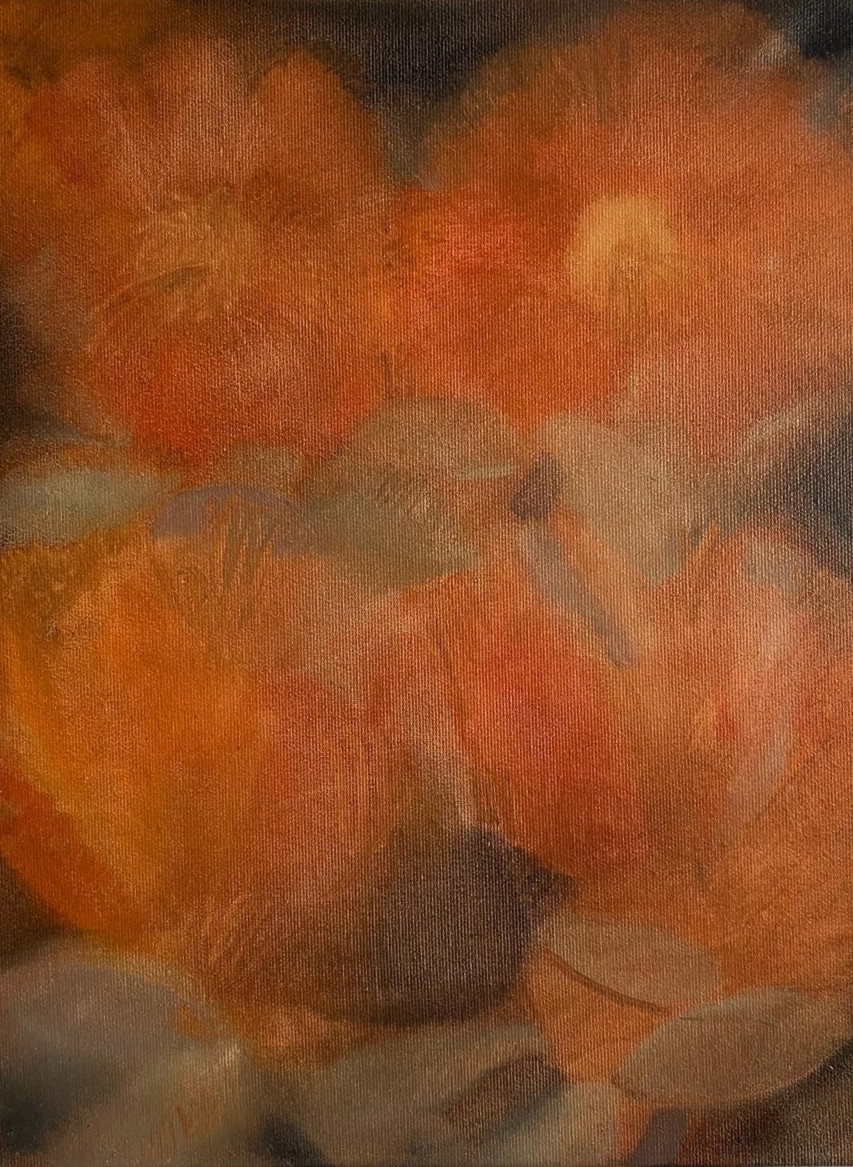
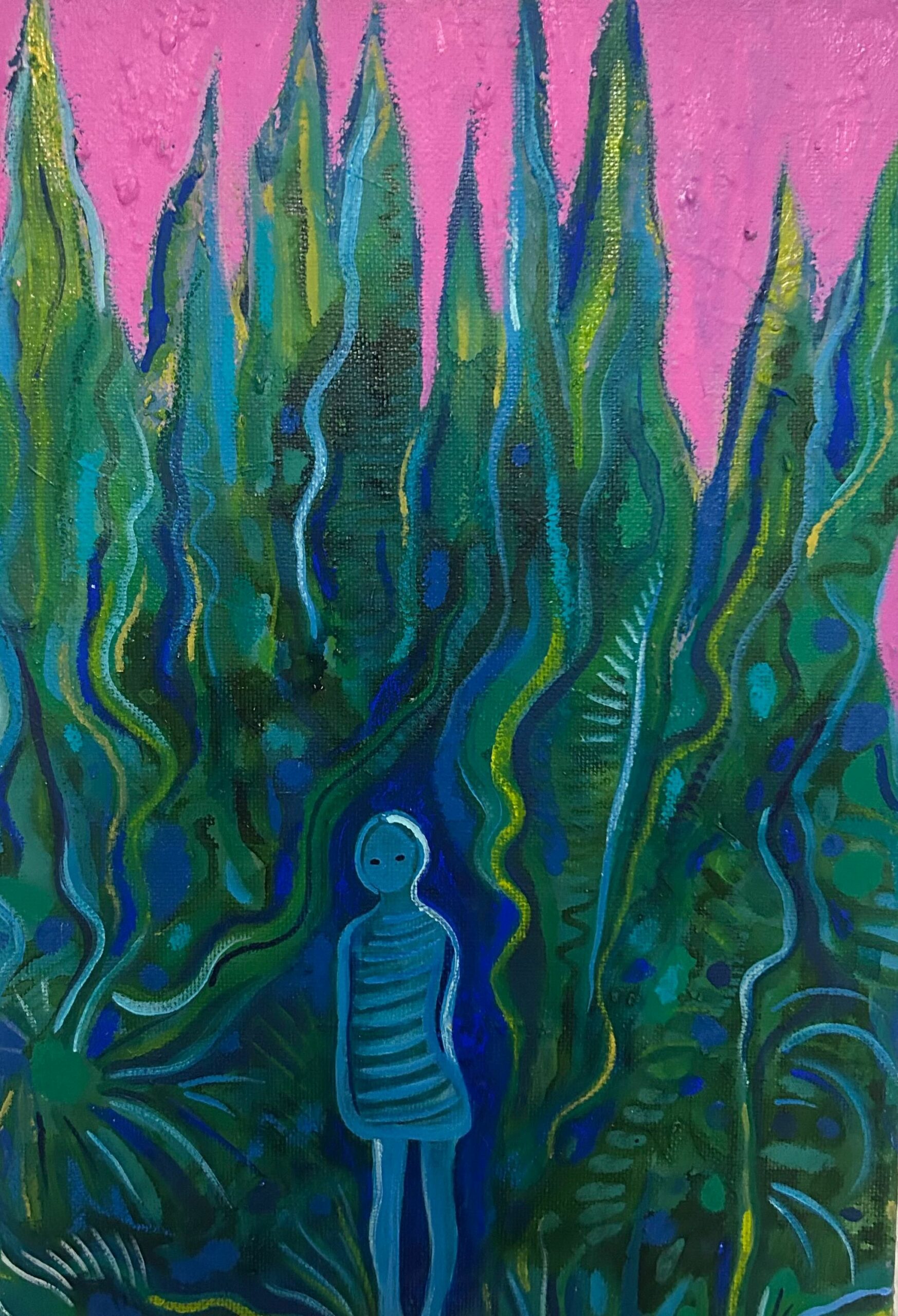
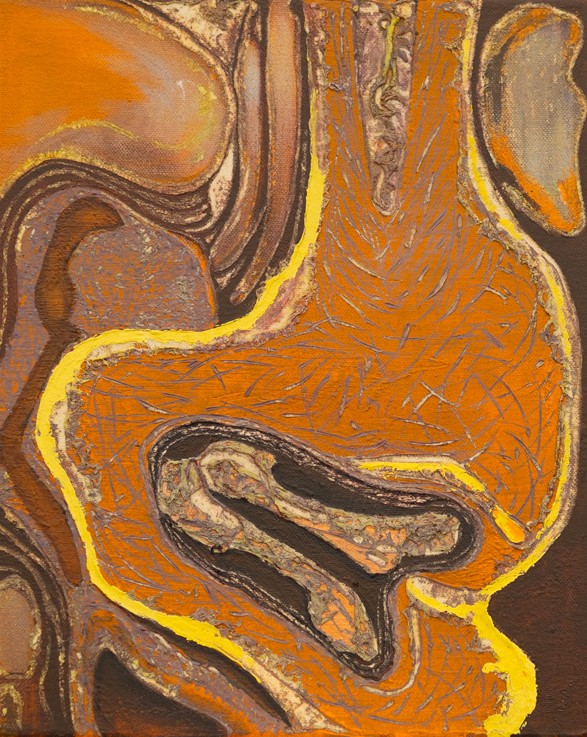
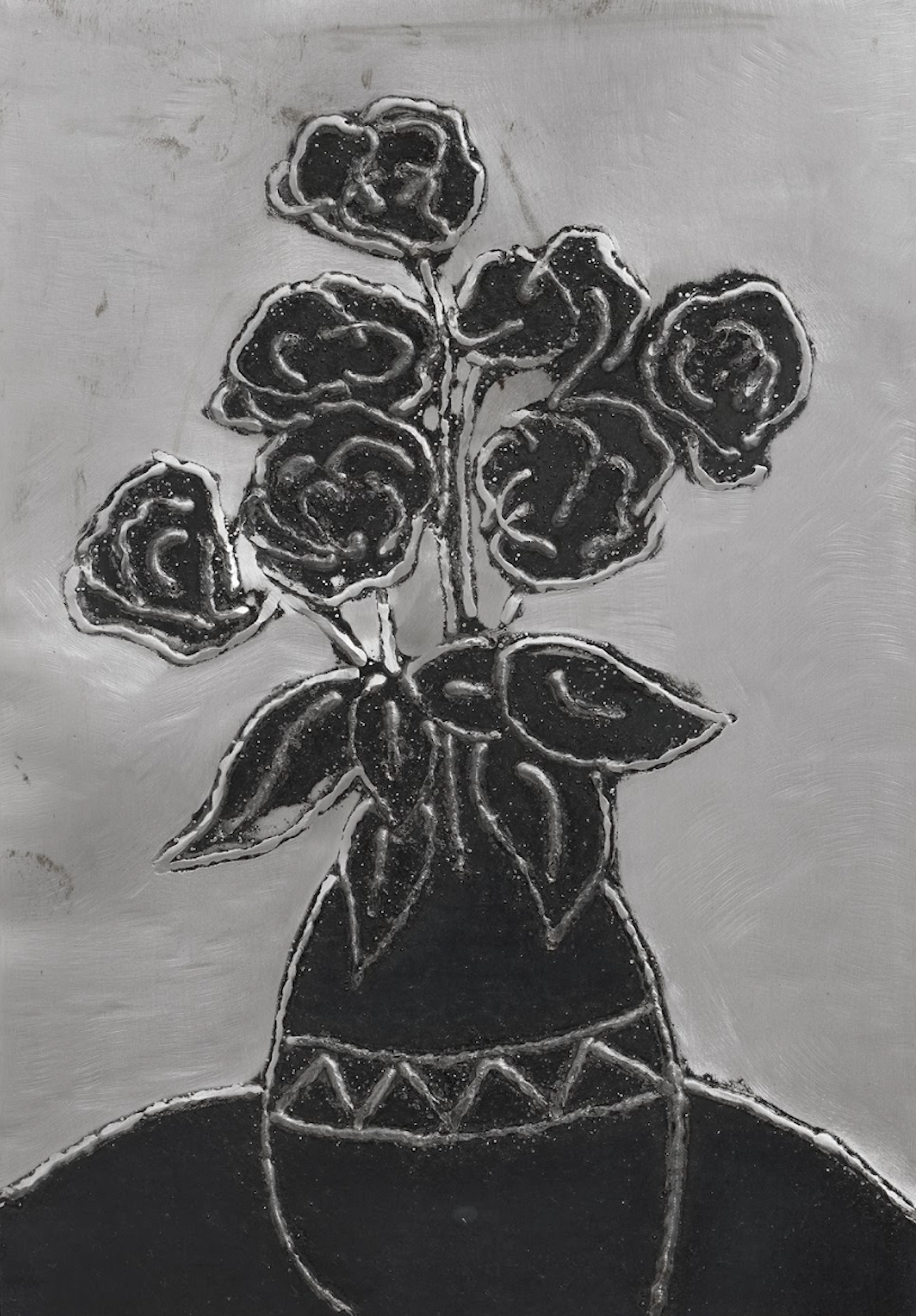
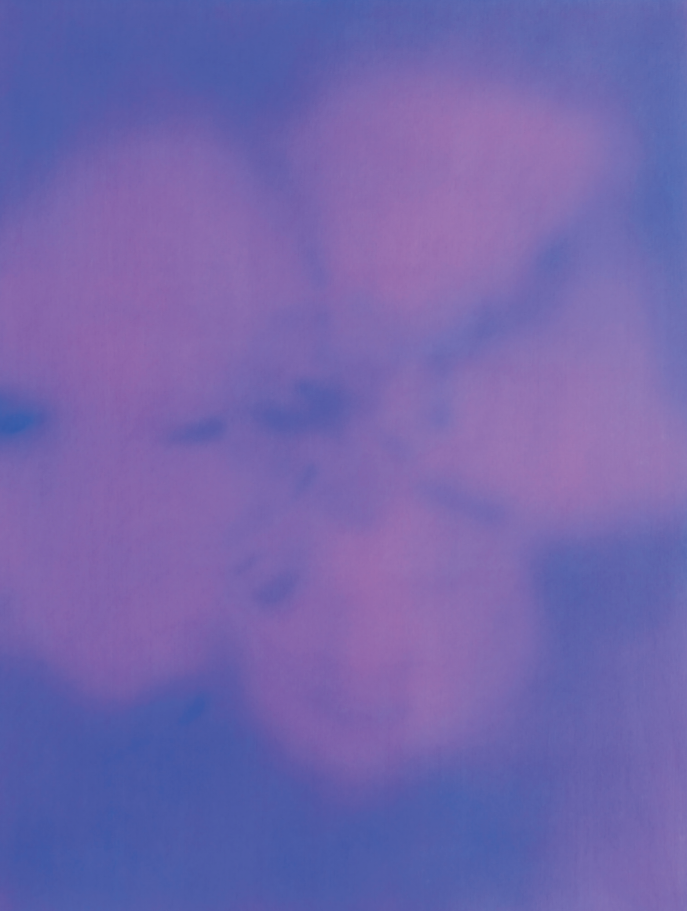
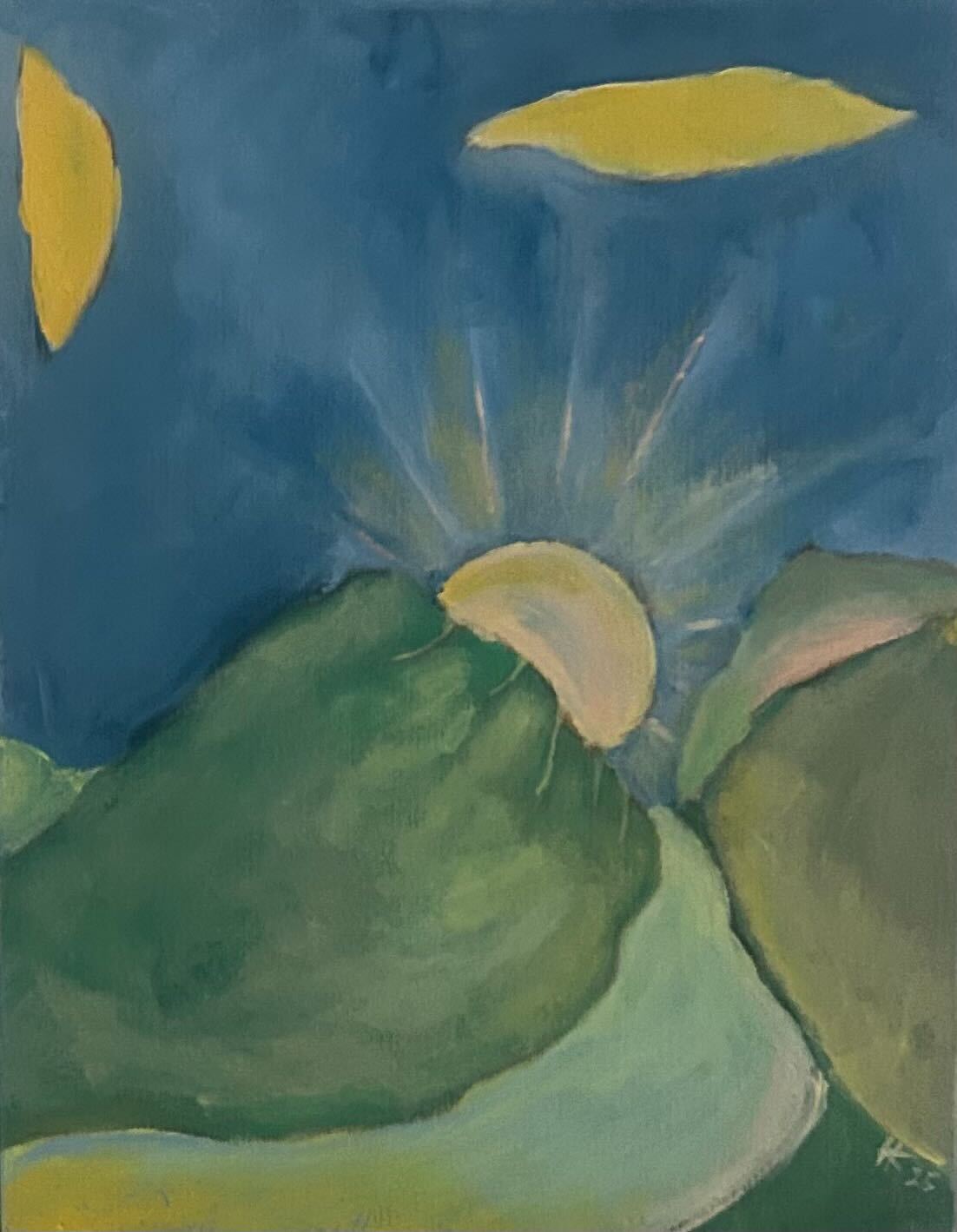
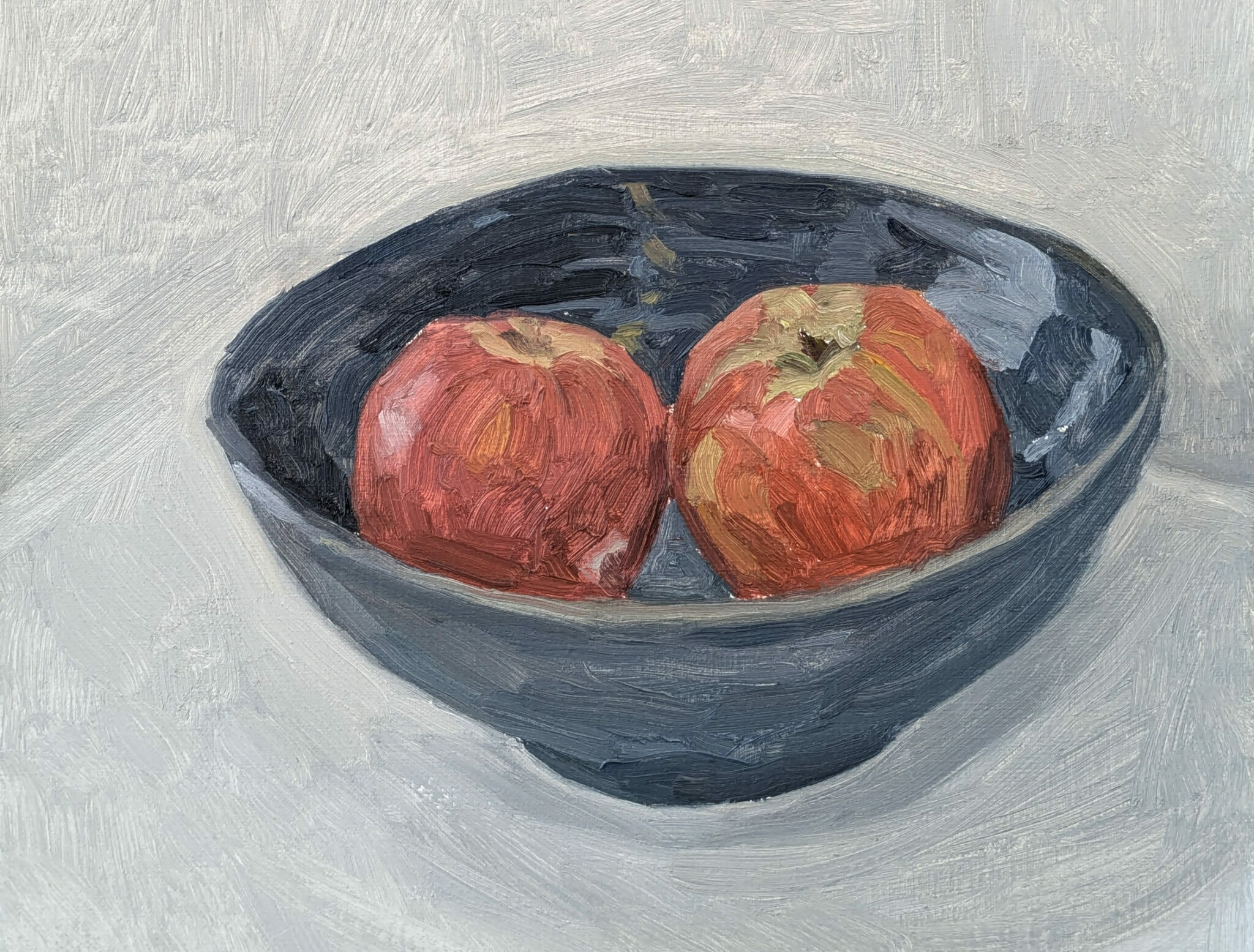







Julien Heintz (b. 1997) graduated from the Beaux-Arts de Paris in 2024. He lives and works in Paris.
Drawing from 20th-century documentary footage, Heintz captures images of individuals who witnessed pivotal moments in history. His work seeks to distill the essence of major historical events, grounding them in these visual fragments of the past. Like a historian of the present, he searches for those tipping points where personal and collective history intertwine, freezing them on screen before translating their complexity onto canvas.
Painting with intense focus, Heintz works to extract meaning from these archival images, revealing underlying truths about contemporary society. His subjects range from 1950s nuclear tests to the first ocean liners, each painting reflecting his pursuit of a distilled essence—images that narrate the world. Heintz strips his works of context, leaving only the portrait and title. “I don’t sketch beforehand, nor do I go back to refine details. I paint in a single, often energetic stroke, always searching for authenticity. If I overwork a painting, it loses momentum, and I start over.”
What Heintz seeks is not a static photograph of the past, but an image in motion. “I like to think my paintings have something to say about the world. Learning to observe is essential in painting—it’s the only way to truly understand.”
He transforms personal testimonies and distant archival footage into something universal, familiar. His faces seem to dissolve into the canvas, testing the endurance of memory and the emotional weight it carries. Faced with these figures, the viewer recognizes without being able to name, identifies without being able to place. Heintz anonymous, tightly framed portraits evoke a quiet intensity, their ghostly features reminiscent of memories on the verge of fading—frozen in a time that no longer belongs to us. His work is a profound meditation on history and its echoes in the present, offering a singular, unfiltered vision of the human condition.
For Heintz, preparing the canvas is a crucial part of his process. He treats the surface as a material in its own right, using a handmade gesso composed of marble dust, rabbit-skin glue, and water. Sanded down to a smooth, rigid, and porous finish—almost as thin as paper—the result is both delicate and unique. It is this fragility that compels him to engage with the surface in a highly tactile way, memorizing its flaws and textures. “I’m deeply inspired by Japanese craftsmanship—the dedication to process fascinates me. In my own practice, my surroundings matter: my workspace, the quality of my materials, the tools I use. I spend a long time selecting and grinding my pigments. I think I approach painting in a more physical than intellectual way.
Beaux Arts de Paris (Master)
Atelier de Sèvres (École préparatoire)
École Émile Cohl (Dessin et peinture académique)
École Boulle (Baccalauréat, design et arts appliqué)
Kyan, Athènes, GR
L’anonyme comme médium, pal project, Paris, FR
Spectres of Memory, pal project, Paris, FR
DNAP des Beaux-arts de Paris dans l’atelier James Rielly
Dans les yeux d’Elsa, Paris, FR
J’ai fermé les yeux, pal project, Paris, FR
Wat I want you to see, Monti 8, Latina, IT
Faire fi, faire feu, pal project, Paris, FR
Collective Imagination // Imaginación Colectiva, galerie JO-HS, Mexico city, MX
There Will Never Be A Beautiful Suicide, pal project, Paris, FR
1832, A Salon that never took place, Galerie L’inlassable, Paris, FR
Refresh, Hatch, Paris, FR
Happier than Ever, Galerie Exo Exo, Paris, FR
Degré zero, Atelier James Rielly, Beaux-Arts de Paris, Paris, FR
CRUSH, Beaux-arts de Paris, FR
Poush Manifesto, Paris, FR
Six painters, the Koppel Project central, Londres, UK
Friendship, Atelier James Rielly, palais des Beaux-Arts de Paris, FR
Atelier James Rielly, Beaux-Arts de Paris, Paris, FR
Atelier de Sèvres, Paris, FR
Salle Hubert Yencesse, Chambourcy (Premier prix de peinture)